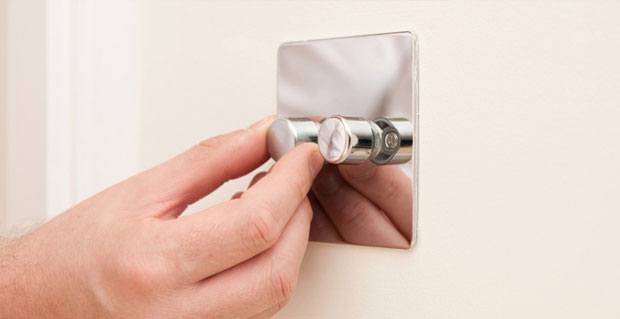The purpose of this blog is for information only and is not really intended to promote our products. With this in mind, this blog post has been written to explain the difficulties with dimming LED technology and why it has taken a while for us to stock dimmable GU10 LED light bulbs on our website.
LED technology is an excellent source of lighting as it is very bright, stable and uses a very small amount of electricity. However, the problem with dimming LED light bulbs stem from the very fact that they consume such a small amount of electricity compared to traditional incandescent light bulbs.
Typically a dimmer switch works by restricting the amount of electricity flowing to the bulb and therefore dimming the bulb accordingly. So, this means that the range or distance from full brightness or light output to the lowest brightness is very small for LED light bulbs in comparison to traditional lighting. For example, a traditional GU10 halogen bulb is usually 50W where as an LED comparable bulb is only a fraction of that and this is where the difficulties lie.
The technology behind dimming LED light bulbs is now at a point where we are happy to sell the bulbs as they have been tested thoroughly and they are of the same good quality as the standard, non-dimmable bulbs.
The one remaining problem with dimmable bulbs are the dimmable light switches that control them. The majority of standard UK dimmer switches are not 100% compatible with dimmable LED light bulbs and so you may well need to upgrade your dimmer switches. Further information about this can be found on our FAQ’s page.
This issue is not one we have encountered in isolation, larger manufacturers such as Philips also advise the use of a certain list of “tested” dimmer switches.




